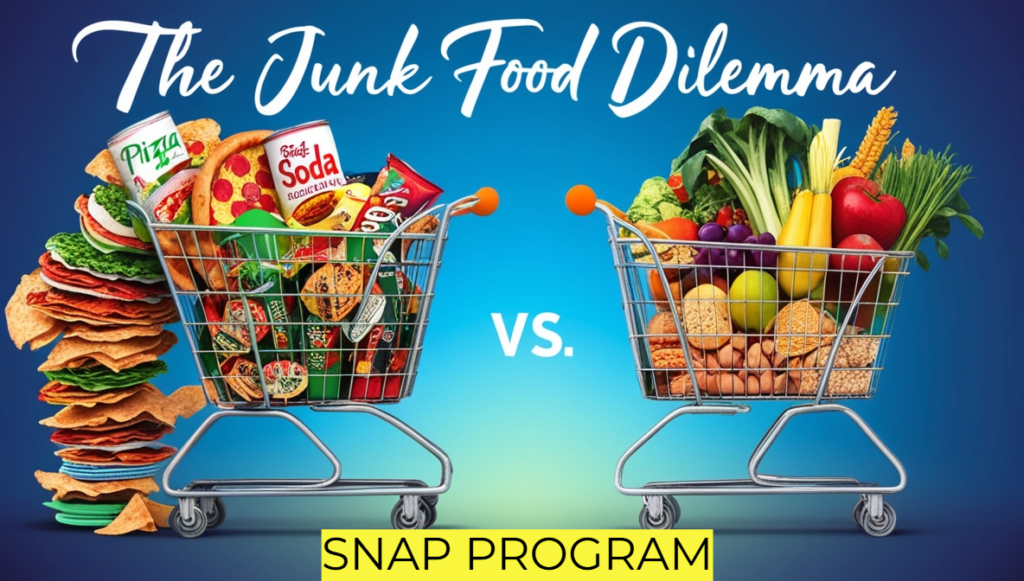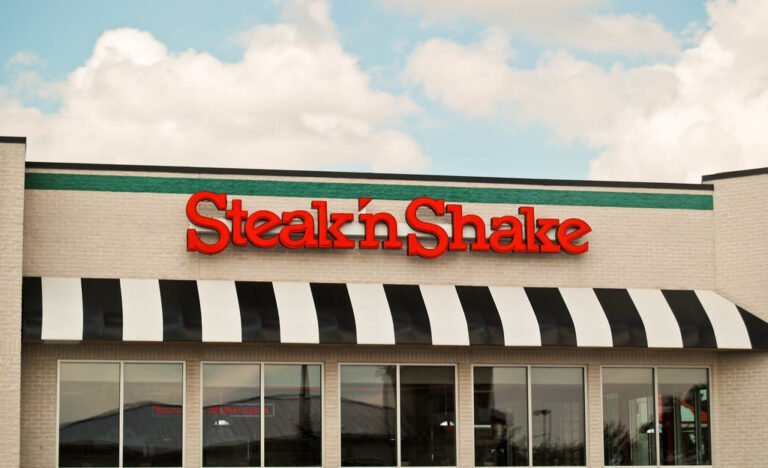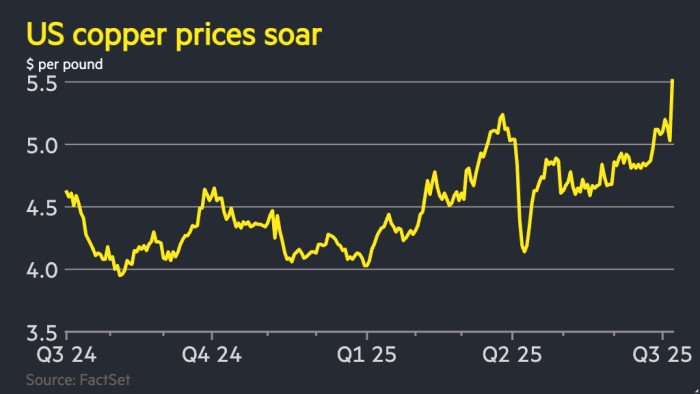
The Junk Food Dilemma: How SNAP Reforms Could Transform America’s Health
Junk food is everywhere. From supermarket aisles to vending machines at work and school, its availability and convenience make it nearly impossible to avoid. But while these tasty treats may satisfy cravings, they come with a steep cost to our health. According to the Centers for Disease Control and Prevention (CDC), junk food is strongly linked to chronic illnesses like heart disease, diabetes, and even certain cancers. Now, the U.S. government is taking steps to address this growing public health crisis, starting with reforms to the Supplemental Nutrition Assistance Program (SNAP).
The Problem with Junk Food
Junk food is not just a personal choice—it’s a systemic issue. For many Americans, especially those in low-income communities, unhealthy options are often the most accessible and affordable. Fresh fruits, vegetables, and other nutritious foods are frequently out of reach due to high costs and limited availability. This creates a cycle where unhealthy eating habits contribute to chronic diseases, which in turn drive up healthcare costs for individuals and taxpayers alike.
The Role of SNAP
SNAP, formerly known as food stamps, is a critical program that helps millions of Americans put food on the table. In 2022 alone, 41.7 million people received SNAP benefits, costing taxpayers nearly 94billion.Onaverage,recipientsreceiveabout188 per month. However, a significant portion of these benefits is often spent on junk food—sugary snacks, sodas, and ultra-processed items that offer little nutritional value.
This has sparked a national conversation about how SNAP can be reformed to promote healthier eating habits. U.S. Secretary of Health Robert F. Kennedy Jr. and Agriculture Secretary Brooke Rollins are leading the charge, advocating for changes that prioritize nutritious food options over junk food.
Proposed Reforms to SNAP
Currently, there are two major bills in Congress aimed at reforming SNAP:
- The Junk Food Ban Bill: This proposal would prohibit SNAP benefits from being used to purchase unhealthy items like cookies, candy, and sugary drinks. The goal is to steer recipients toward healthier choices and reduce the prevalence of diet-related diseases.
- The Nutrition Improvement Bill: This bill focuses on improving access to nutritious foods for SNAP recipients. It includes initiatives like subsidies for fresh produce, partnerships with local farmers, and educational programs to help families make healthier food choices.
Both bills aim to address a critical issue: taxpayers are essentially paying twice for junk food. First, through SNAP benefits that fund unhealthy purchases, and second, through skyrocketing healthcare costs associated with treating chronic diseases caused by poor diets.
The Challenges Ahead
While these reforms are well-intentioned, they come with significant challenges. For one, healthy food is often more expensive than processed alternatives, making it difficult for low-income families to afford. Additionally, many communities lack access to grocery stores that sell fresh produce, a problem known as “food deserts.”
To truly make a difference, SNAP reforms must be paired with broader efforts to make healthy food more affordable and accessible. This could include incentives for retailers to stock fresh produce, subsidies for local farmers, and investments in urban agriculture.
Why This Matters
The stakes are high. Poor nutrition is a leading cause of preventable diseases in the U.S., and the economic burden is immense. By reforming SNAP to prioritize healthy eating, we can improve public health, reduce healthcare costs, and create a brighter future for millions of Americans.
The fight against junk food is not just about personal responsibility—it’s about creating a system that supports healthier choices for everyone. With SNAP reforms on the horizon, we have an opportunity to transform the way America eats. By making nutritious food more accessible and affordable, we can break the cycle of poor health and build a stronger, healthier nation.
What do you think about these proposed changes to SNAP? Should the government restrict junk food purchases, or is there a better way to promote healthy eating? Share your thoughts in the comments below.






